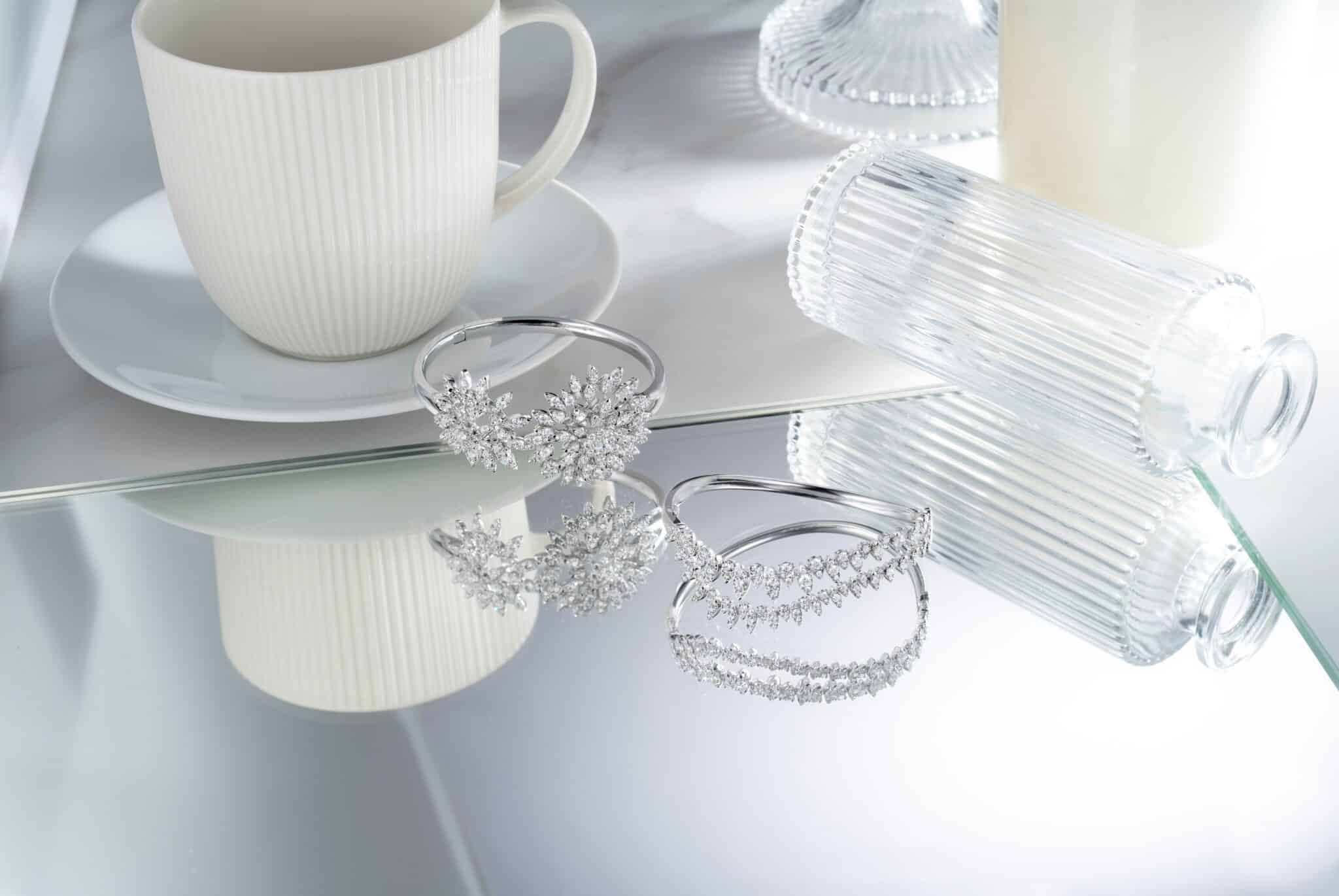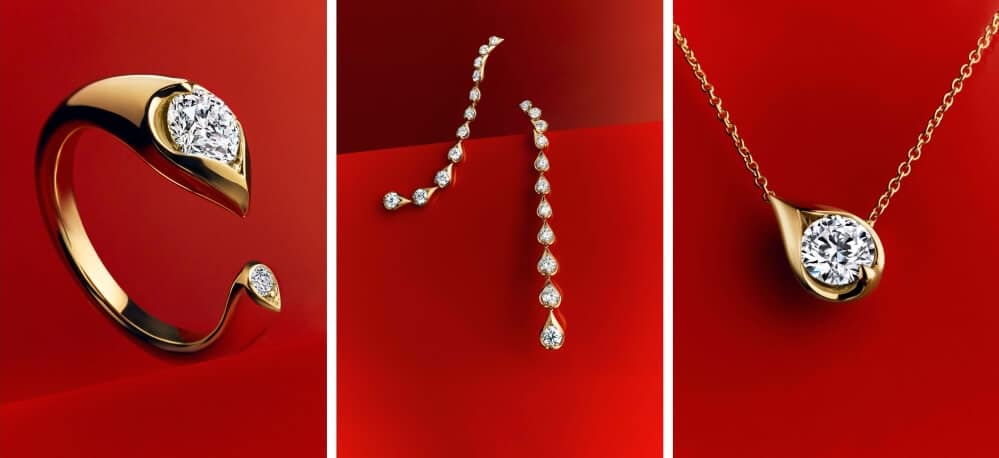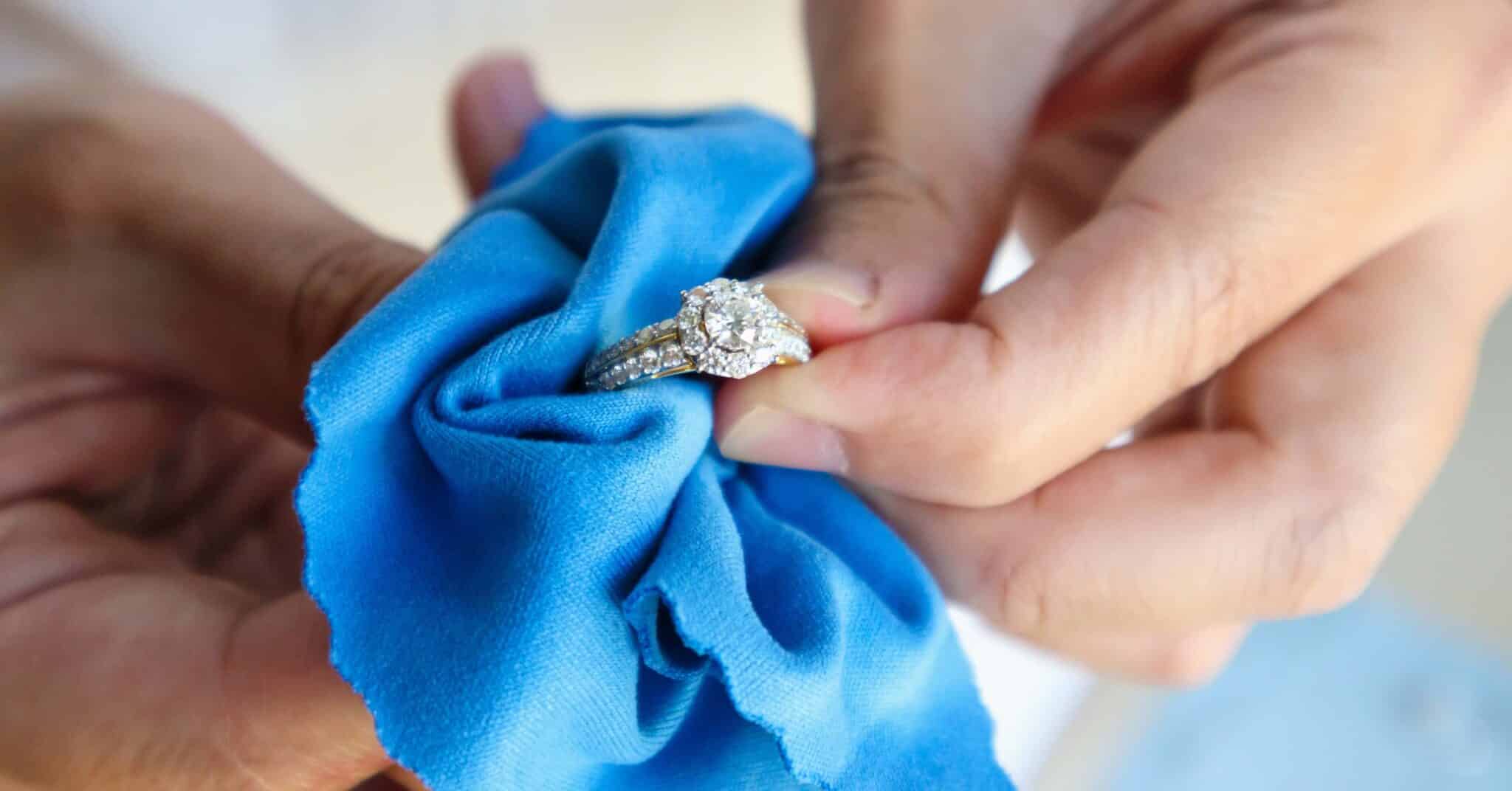Home / News & Events / Diamonds: 10 Facts About April’s Birthstone

Those born in April are extremely lucky to have diamonds as their birthstone. This gemstone displays gorgeous sparkle, and natural diamonds are a rare piece of Earth’s history. While there are tons of interesting facts to know about diamonds, we’ve chosen to share a few of our favorites.
10 Facts You Might Not Know About Diamonds

1. Diamonds can be natural or lab grown.
High temperatures and pressures caused natural diamonds to form inside the Earth as early as 3 billion years ago.4 After their formation, volcanic eruptions caused these gemstones to travel to the surface of the Earth within rocks known as kimberlite. They were then discovered, mined, and used in jewelry.
Lab diamonds have a much different start. They’re formed in a lab within a few weeks. Similar to natural diamonds, however, lab diamonds also form after carbon is exposed to high temperatures and pressure.
2. Around 98% of natural diamonds are colorless.2
The other 2% are found in colors like brown, yellow, green, blue, red, and orange.
3. Diamonds only contain the element carbon.
In its purest form, this gemstone only contains carbon. Sometimes, however, other trace elements sneak their way into a diamond’s structure during its formation inside the earth.
4. The largest known diamond found on Earth was the Cullinan Diamond, which had a carat weight of 3,106 CT.3
This rough diamond was discovered in a South African diamond mine in 1905. Since its discovery, it has been cut into several smaller pieces.3
5. Diamond mines are located around the world.
Countries like South Africa, Australia, the Democratic Republic of the Congo, Canada, Russia, Botswana, and the United States have diamond mines.1
Originally, these gemstones were primarily mined in India and Brazil, though the abundance of diamonds in these two areas has since greatly decreased.1
6. Diamonds score a 10 out of 10 on the Mohs hardness scale.
This means they’re extremely durable and resistant to scratches. In fact, out of all naturally occurring substances on Earth, diamonds are the hardest. Humans have created materials that are harder than this gemstone, but they don’t occur naturally.
7. Because they’re so durable, you can easily clean your diamond jewelry at home.

We recommend using a soft toothbrush to gently scrub your diamond jewelry in warm water with mild dish soap. Then, rinse your jewelry off with water and pat it dry with a soft cloth. These gemstones can also be cleaned using an ultrasonic cleaner if they’re untreated and undamaged.
8. Diamonds are traditionally given as 60th and 75th wedding anniversary presents.5
Let’s be honest, though. They’re the perfect gifts for ANY anniversary.
9. Diamond trading began in India sometime between 400 and 301 BCE.1
In fact, these gemstones were actually first discovered in India. Centuries later, diamond trading began taking place in Europe and spread to the rest of the world.1
10. Diamonds display “clarity characteristics.”
Clarity characteristics are structural imperfections that occur on the inside or outside of a diamond during its formation. These include blemishes, which are structural imperfections that occur on the outside of a diamond, and inclusions, which occur inside a diamond.
The amount and location of blemishes and inclusions on a diamond determine its clarity grading. Clarity is one of the aspects of a diamond that affects its overall value. We’ve written a blog post about the 4 Cs of Diamonds, where you can learn more about diamond clarity.
Shop Diamond Jewelry at Necker’s Jewelers
We have a huge selection of diamond jewelry in our stores in DeWitt and Davenport, IA, and online on our website, for all diamond lovers.
-
 HEARTS ON FIRE FULFILLMENT PENDANT NECKLACE FPS00258Y$1,800.00
HEARTS ON FIRE FULFILLMENT PENDANT NECKLACE FPS00258Y$1,800.00 -
 ESTATE SOLITAIRE DIAMOND NECKLACE$349.00
ESTATE SOLITAIRE DIAMOND NECKLACE$349.00 -
 ESTATE DIAMOND NECKLACE$699.00
ESTATE DIAMOND NECKLACE$699.00
Interested in learning more about birthstones? We’ve also posted articles about Amethyst and Aquamarine.
References
1. April Birthstones | Diamond Birthstone Meaning & History | GIA
2. April Birthstone: Diamond – International Gem Society
3. Cullinan diamond | Size, History, Worth, Crown Jewels, & Facts | Britannica





